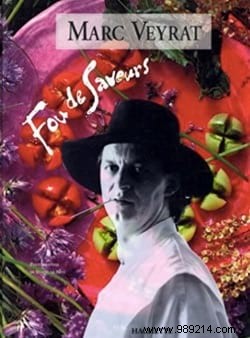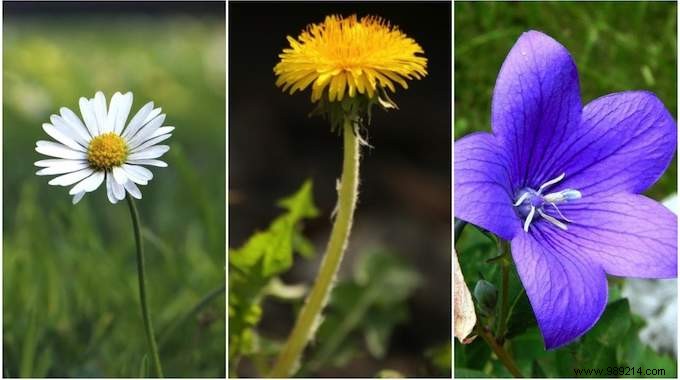
Do you know that some wild plants are edible?
Whether growing in your garden, on the side of a path or in the forest, these plants have been around since the dawn of time.
And they can very well end up on our plates.
It is still necessary to know how to recognize them and know their usefulness and their properties.
We all know rosemary and the infusions that can be made...
Or even basil and wild aromatic herbs in general.
But our grandmothers knew all the wild edible plants well.
From spring to autumn, they used them to eat them, but also to heal themselves. Because the benefits of plants are numerous.
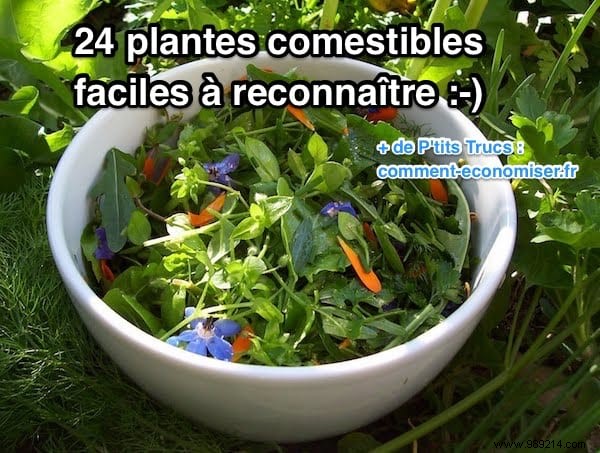
I took a course organized by a professional during which she taught me to recognize edible flowers.
Before you start too, I strongly advise you to also take a course like this.
The objective is to learn to know and differentiate wild edible plants.
Do not take this lightly, because the toxicity of some plants is real.
There are also applications to identify wild and edible plants.
I therefore offer you here a summary of this learning with 24 edible plants easy to recognize around the house .
Check out this list of edible wild plants. Watch:
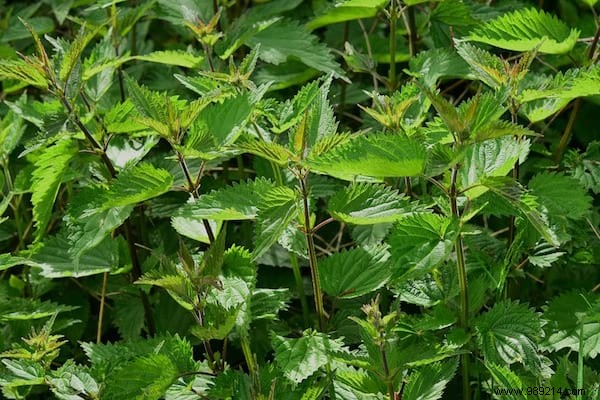
It is probably the best known of all edible wild plants and very easy to recognize.
It must be said that it is familiar to us since it has been with man for millennia.
The role of the nettle is to clean the floors. It is therefore better to observe the place where it grows.
Because it is as comfortable in a landfill as it is in a garden, next to the compost heap.
Nettle is rich in calcium, iron and vitamin C. To benefit from it, you can eat the heads or the leaves.
The easiest way is to cook them with potatoes, in a pie, a quiche, or any other dish of this kind. But you can also make a nettle butter.
To do this, cut the leaves, wash them and let them dry. Then brown them in melted butter.
Leave to cool and add small pieces of butter. Salt, mix until it forms a paste. There you go, your nettle butter is ready!
You can also try this delicious nettle pesto recipe.
And if you dry the leaves, you can also prepare a nettle tea.
To discover: The 6 Benefits of Nettle For Your Body.
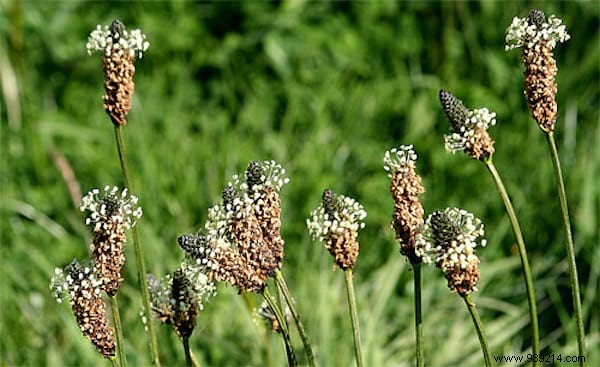
The plantain blooms from May until October.
This plant can be eaten in a salad, spiced up with a drizzle of balsamic vinegar and olive oil with thyme.
This plant, like many others, contributes to biodiversity, because birds like it very much! They feast on its seeds.
One of its advantages is that it can relieve nettle stings, just like sorrel and mallow.
This is handy, as they are often found near nettles.
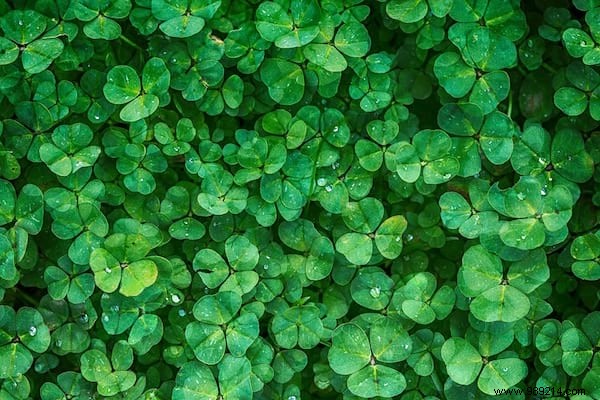
Everyone knows clover. They are found everywhere, sometimes in abundance.
But have you ever tasted it? Well, you should know that this plant can very well be eaten in a salad.
Clover is perfect to accompany a slice of quiche, a pie or tomatoes.
Taste it and I assure you that you will love it!
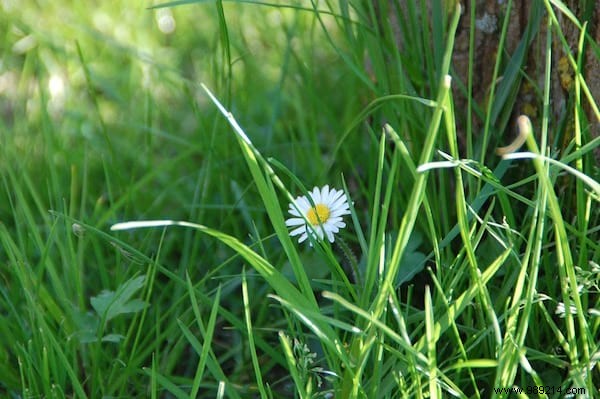
The pretty daisy is full of calcium.
Do you have the courage to pick it one by one in the garden?
Then this perennial plant gives pep to your salads by bringing them a touch of cheerful color.
But be careful, daisies grow just about anywhere... including where pesticides and toxic products are spread.
In this case, they are not edible. It is therefore necessary to take care to pick them in clean areas, without pesticides, such as gardens and vegetable patches for example.
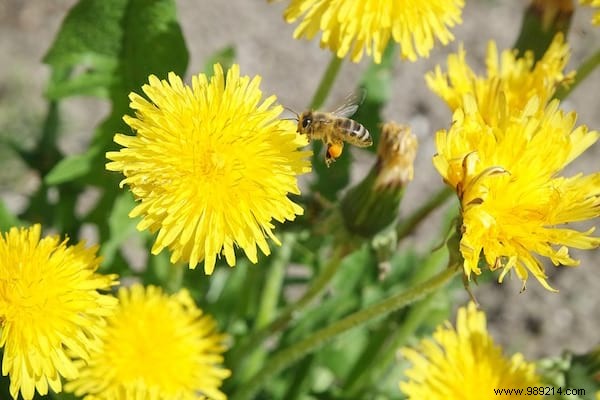
It is a great classic rich in vitamins and minerals. The edible dandelion blooms from March to November.
Dandelions are among the garden herbs that can be eaten in many forms.
Indeed, the flowers are used to make wine or even jams or honey.
The roots and leaves are prepared in soup, salad or infusion.
Just like nettles, they can also be prepared in butter. Just follow the same recipe as for nettles.
Dandelion milk is used to treat plantar warts.
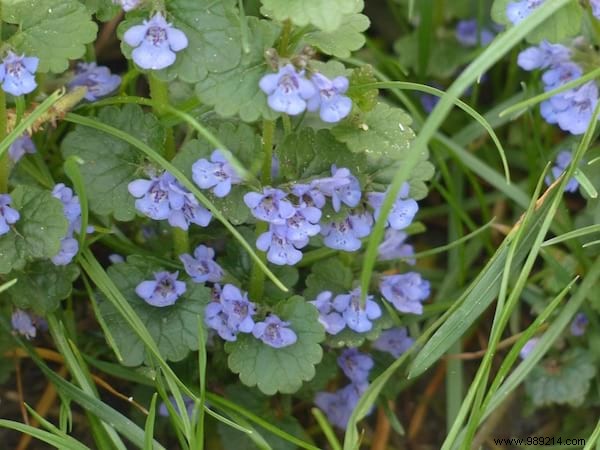
The problem with ground ivy is that it is not easy to recognize.
But once you identify it, you will be surprised by its delicious taste.
You will appreciate it as well in a salad as to flavor a tabbouleh.
If you dry it, you can make excellent herbal teas from it.
Blooming from March until fall, it is welcome in your garden as it attracts and feeds pollinating insects.
This is the case of the bumblebees that feed on its nectar.
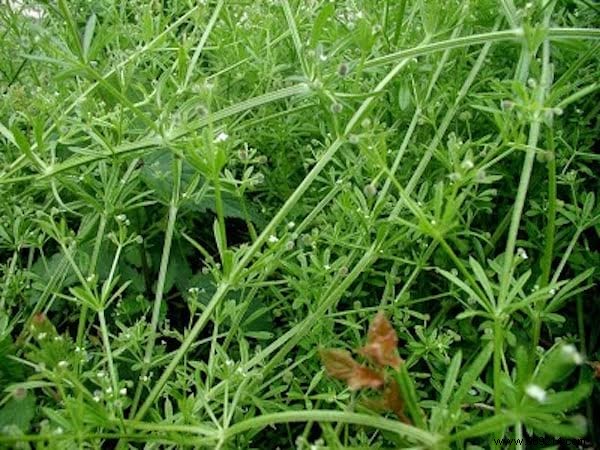
You will recognize it easily because its leaves cling and stick to hands and clothing.
They have a particular rough appearance.
Rich in vitamin C, bedstraw can be eaten in a salad.
You can also add just a few leaves of this herb to spice up a green salad for example.
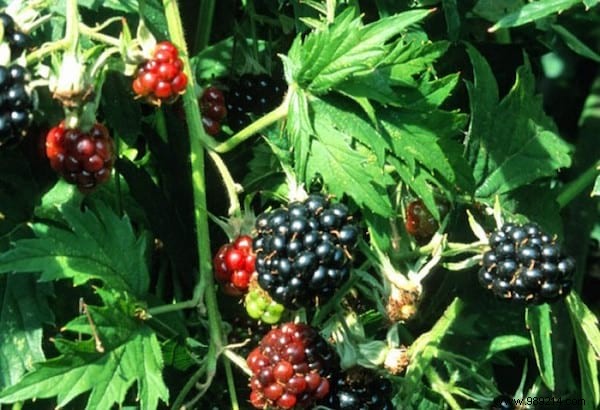
Brambles bloom from June to August.
Usually, we don't like them too much, because they tend to invade the garden. However, they are not lacking in interest!
First, this is where a number of mammals such as foxes and wild boars hide.
Butterflies also appreciate them while birds and deer feast on them.
When the forest expands, brambles are the first to cover the ground.
Then, they are rich in tannin and vitamin C.
You can eat the buds and use the stems for basket weaving.
Their berries, wild blackberries, are a real treat.
You can eat them plain, provided you only pick those that are high up.
Yes, we must not forget that some animals can urinate on brambles!
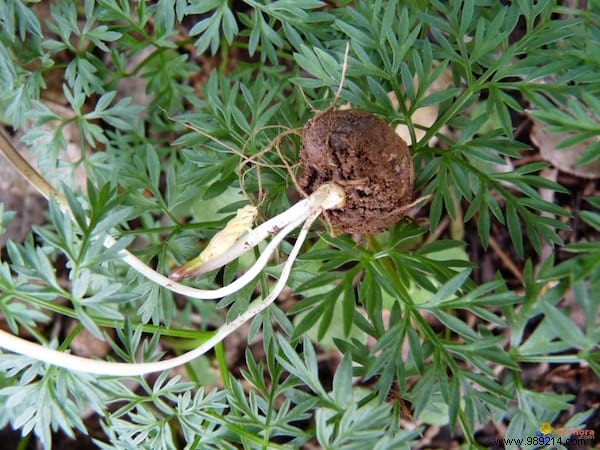
It is called "conopod". The flowering of ground hazelnuts takes place from May to July.
They are eaten from September until flowering in May.
To harvest it, you have to scrape the ground to remove the root.
It is the tuber that can be eaten and has a delicious nutty taste.
You have to be very careful not to confuse it with the great hemlock.
Both are part of the same family, the Apiaceae. But the great hemlock is poisonous.
Consumed, it is the cause of digestive disorders, dizziness, headaches, even convulsions. It is therefore necessary to avoid at all costs to ingest it.
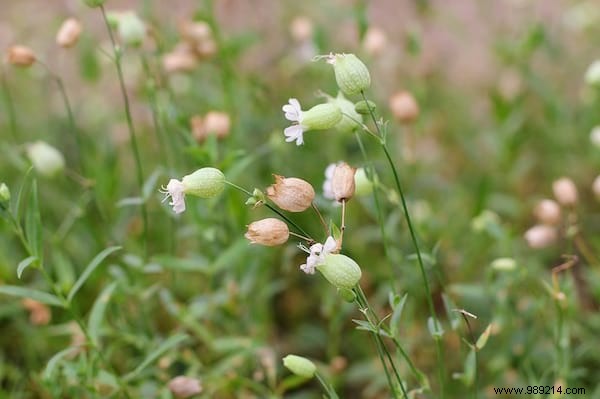
It is also called "red companion". The shoots of this perennial appear from March to May.
They can be eaten raw in salads or cooked.
When it blooms from May to September, you can also enjoy its flowers which are eaten in salads.
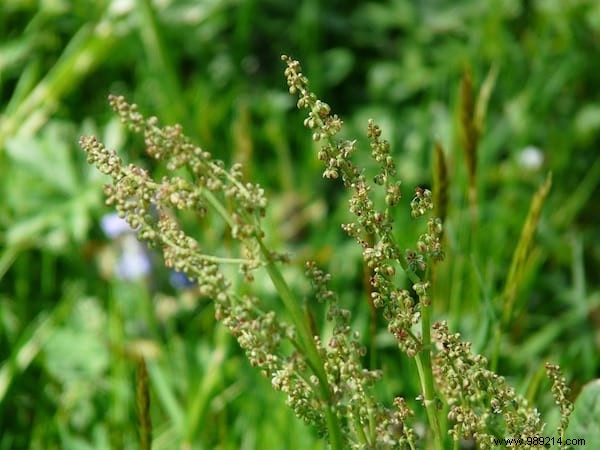
It is a bio-indicator plant that helps to aerate too much packed soil.
Also called rumex, this plant flowers from May to July.
There are many recipes that use wild sorrel.
It can be eaten in salads, soups or you can put it in sauces or dishes to spice them up.
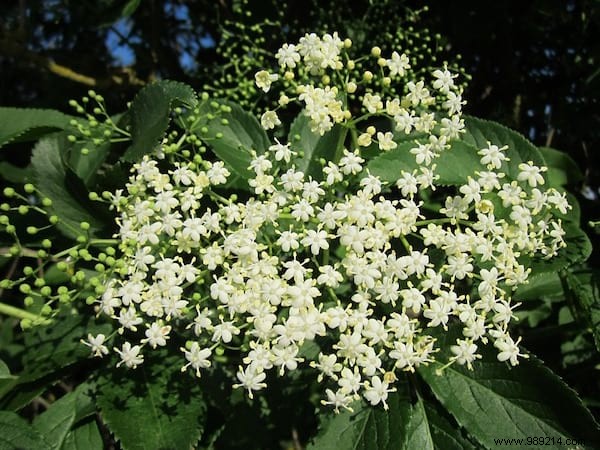
It is also called the poor man's vanilla because of its strong and identifiable smell.
When there is black elderberry, we are sure that the soil is rich in nitrogen. This shrub blooms in early summer and its fruits appear in August.
Elderflowers can be used to make donuts or syrup. And the fruits are eaten in jam, jelly or syrup.
With elderflowers, you can prepare a flavored wine by following this recipe.
Macerate 24 umbels (well-developed flowers) in 3 liters of red or white wine, 300 ml of fruit alcohol, 450 g of sugar. Just put all the ingredients in a closed container and leave to macerate for 48 hours. Then it remains to be filtered and bottled. Know that the older the preparation, the better it is.
Note that elderberries contain hydrocyanic acid which turns into cyanide during digestion. It is therefore really necessary to eat them cooked.
The black elderberry is very similar to the common elderberry which is smaller and does not flower until August. But be careful, because the owl is poisonous.
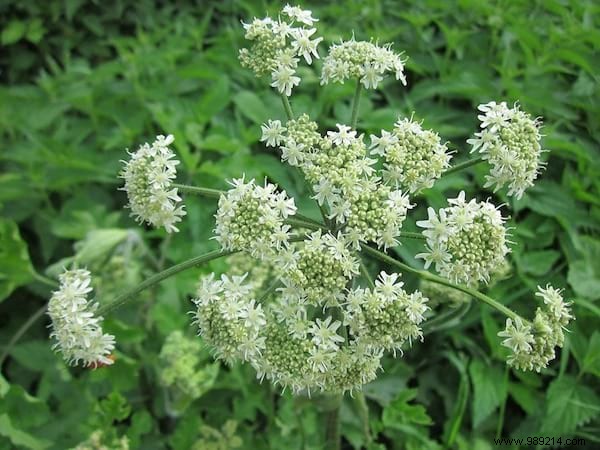
Like the Hemlock and the Hazelnut, Common Hogweed is part of the Apiaceae family. .
As a reminder, hemlock is toxic. It should therefore not be confused with common hogweed, which flowers from June to September.
Common hogweed has a taste similar to mandarin, especially when you eat its stem.
You can put it in cakes, flour or use it as a flavoring for dishes.
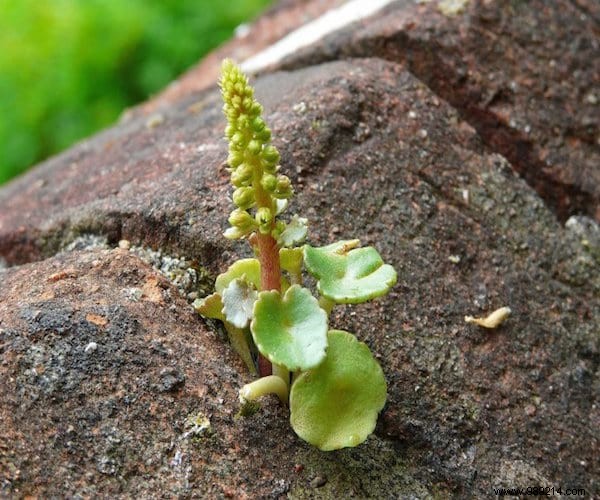
That's a pretty name for a little plant full of iron, vitamins and minerals.
Its stems and flowers are eaten in salads.
Remove the film that covers the leaves and rub on a small wound. Because it also has the power to relieve the pain of a cut.
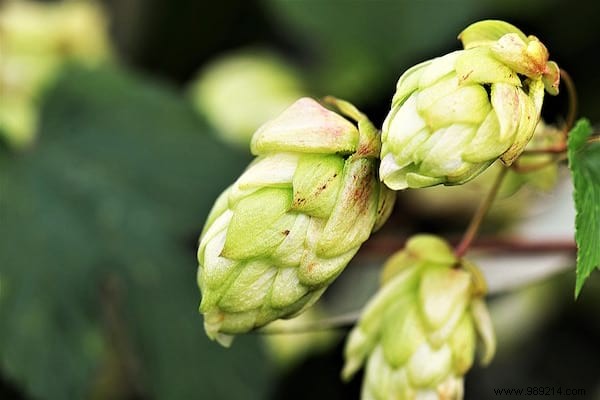
Hops are found in damp areas and near brambles.
Its young shoots are eaten and prepared like asparagus.
Know that you can harvest hops from June to September.
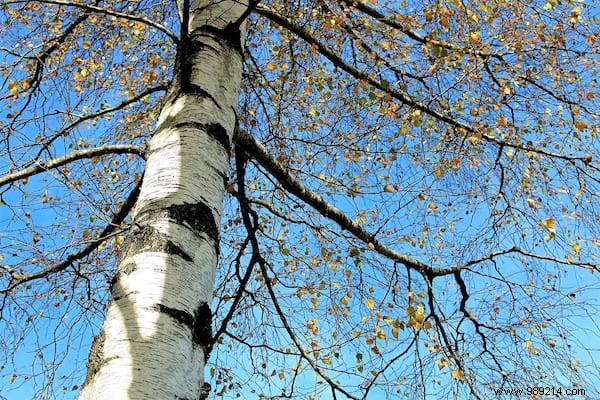
Birch is a tree full of resources.
First of all its sap is edible. It can be harvested when the leaves of the tree begin to grow.
To harvest it, just make a hole at the base of the tree.
Once taken, drink it in the morning to purify your body.
If you like the bitter taste, you can also eat the young leaves of the birch tree.
To do this, dry them and then fry them like crisps! Me, I love it!
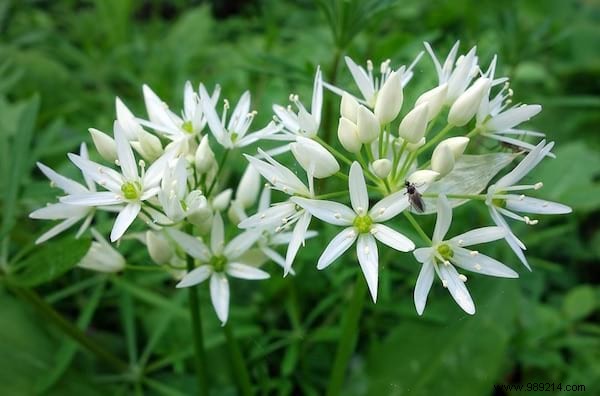
It is also called "wild garlic". Be careful, wild garlic looks like lily of the valley. Not to be confused, because thrush is poisonous.
To avoid confusion, be aware that wild garlic grows in moist soil and smells like garlic.
Everything is eaten in wild garlic:the flowers, the stem, the buds.
You can make a pesto or a good soup. For this, follow our homemade recipe here.
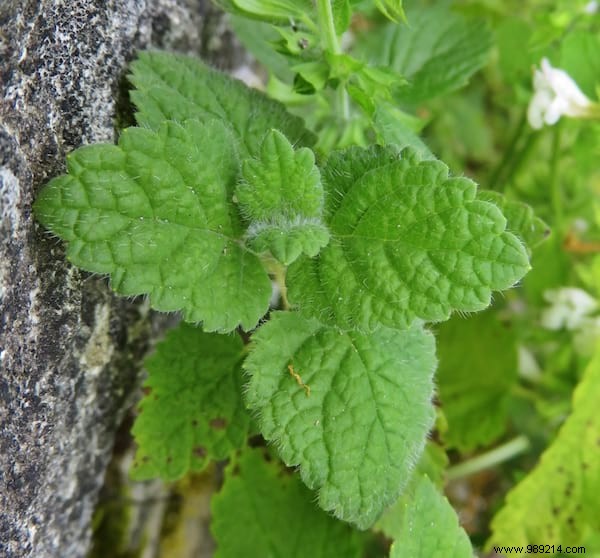
You can enrich the flavors of a fruit salad or a green salad by adding a few leaves of lemon balm.
And by drying the leaves, you can make excellent herbal teas and prepare it as an infusion.
On the other hand, be aware that it is best to pick the lemon balm leaves before flowering so that they have even more flavor.
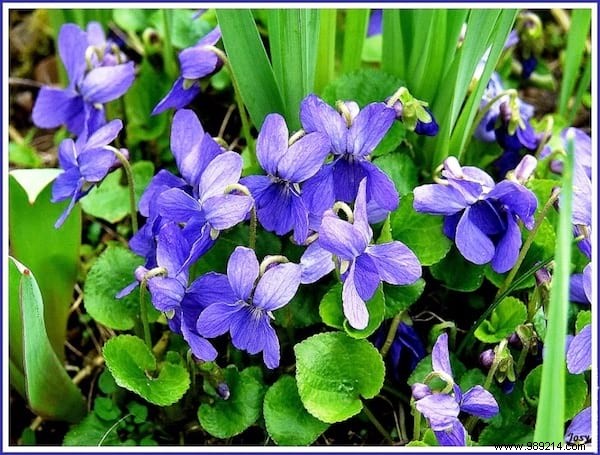
Violets are inconspicuous, but grow everywhere, in fields, forests, in the shade or in the sun.
Know that its leaves and flowers are edible.
You can taste the leaves which can be prepared like spinach.
Fry them in a little olive oil then spread them on a slice of goat's cheese. Yum!
With the flowers you can make flavored sugar.
To do this, put 1 part of flowers for 4 parts of sugar in a blender. Mix then put them in a glass container that closes and let stand for 1 week.
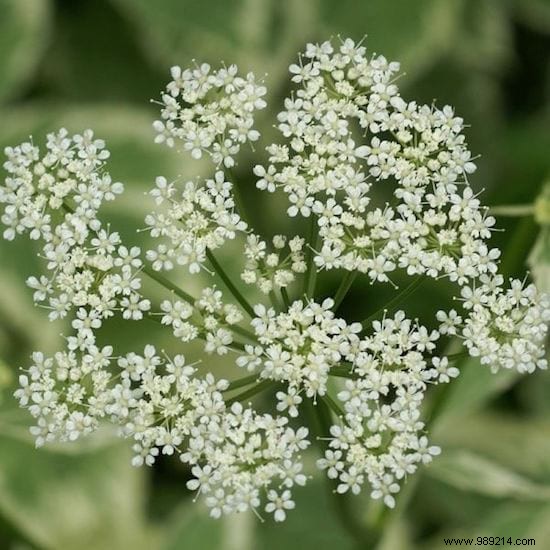
This plant tends to grow everywhere! So that's a good reason to eat it!
Young and tender, it goes very well with salads.
And when it is firmer, it is eaten in soups, pies or quiches.
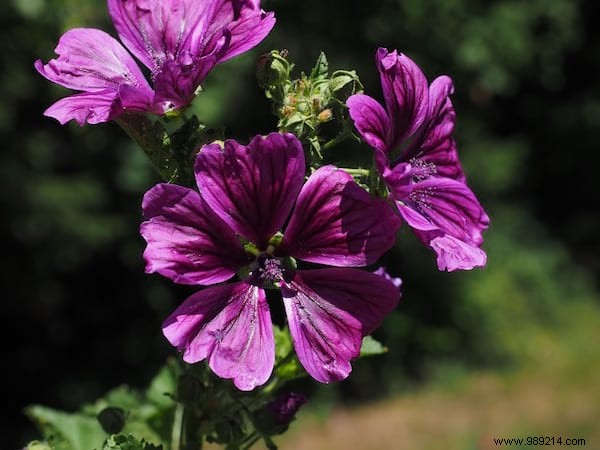
It is also called wild mallow or wood mallow.
Its petals will be used to decorate salads.
You can also fry them or cook them like spinach.
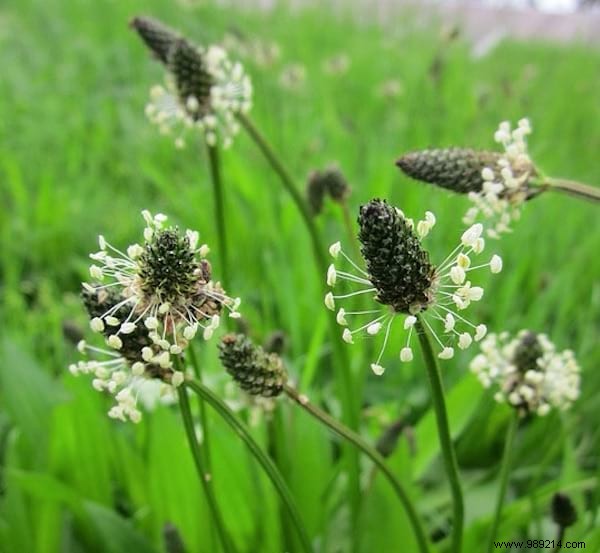
Ribwort plantain grows annually in pastures from April to October. Its health benefits are numerous.
Its leaves are excellent in salads.
Test it and let me know!
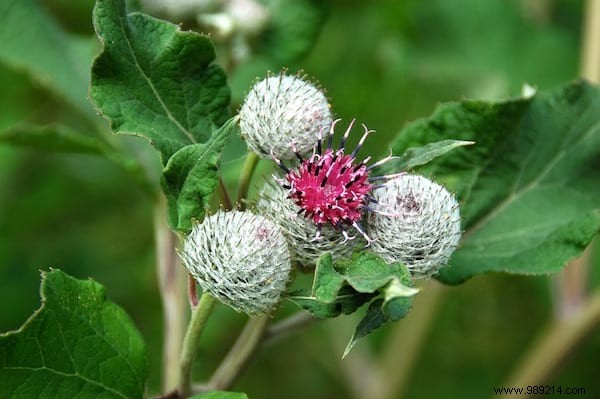
Burdock grows in forests. The leaves of the burdock are cooked in water, which will bring out their little artichoke taste.
When they have just come out of the ground, the young shoots are eaten raw after having peeled them.
You can also preserve them in vinegar. The petioles are eaten raw or cooked. They can also be lactofermented.
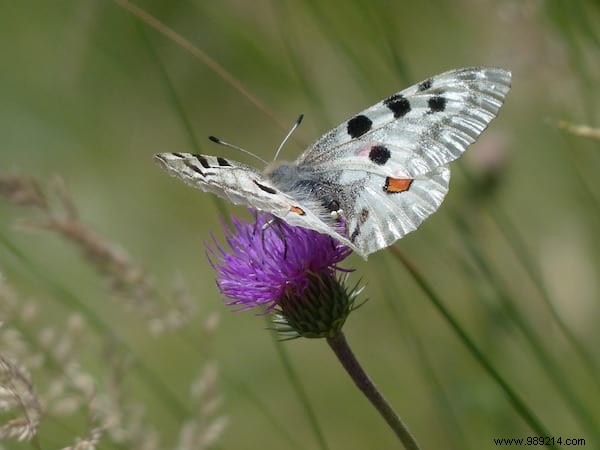
It's surprising, but the thistle can also be cooked. It is indeed an edible plant. It must be harvested in the spring and boiled in water.
Remove it from the water and collect it to cook the rice. The thistle will pleasantly flavor your rice.
As you can see, nature is generous with us.
Our garden has a thousand gastronomic treasures to offer us.
Whether you are in France, in the south or in the mountains, in Brittany, in Provence, in Normandy, in Alsace, in Belgium, in Quebec...
...Nature is a generous provider of edible flowers.
Yes, it is therefore possible to feed in nature with wild plants.
But caution is essential and if in doubt, it is better to abstain!
Remember that some plants look alike and can be toxic to your health.
I recommend that you read the following precautions.
- The buttercup is a pretty flower. But it is part of the buttercup family. It is therefore toxic. Its consumption causes digestive disorders, nausea and vomiting. Calla lilies should not be eaten either.
- Be very careful when picking flowers to eat them. At the slightest doubt, abstain, because some plants are very toxic. Speak to a professional to be sure to pick edible plants that are safe for your health.
- You can also use books to help you recognize edible wild plants. If you want to learn more, I recommend reading these books:
- Guide to wild edible plants. Recognize them, harvest them, consume them by Stefen Guido Fleischhaueur
- Edible and poisonous wild plants by François Couplan and Eva Styner
- Edible plants:Picking and recipes for the 4 seasons by Guy Lalière
- And if you want to cook wild herbs like the great chefs, I recommend this book:Fou de Saveurs by Marc Veyrat .
